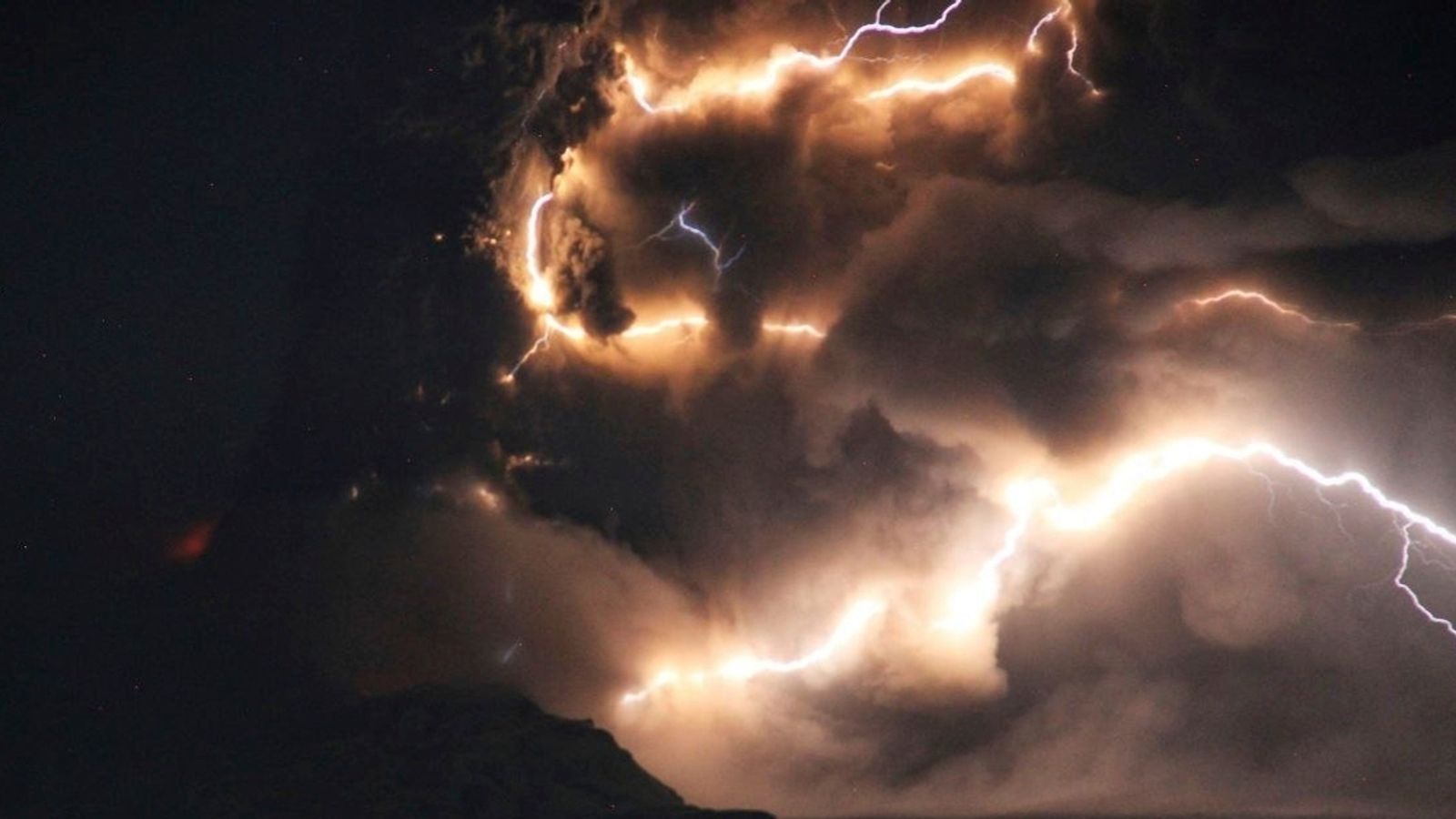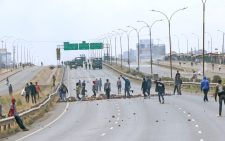Earthquake triggers Russian volcano eruption

One of Russia’s most active volcanoes has erupted, spewing massive plumes of ash into the atmosphere and putting aircraft on alert.
It was triggered by a powerful 7.0 magnitude earthquake off the east coast of Russia’s Kamchatka peninsula at 7.10am local time on Sunday (8.10pm UK time on Saturday), according to the US Geological Survey (USGS).
The quake struck at a depth of 18 miles (29km) and there were reports of ‘severe shaking’ and ‘moderate to heavy damage’ in the nearest city of Petropavlovsk-Kamchatsky, which has a population of more than 150,000 people.
According to the Kamchatka Volcanic Eruption Response Team (KVERT), aircraft have been issued a “red” code warning, the highest alert level, for a significant amount of ash in the atmosphere.
It describes explosions from the Shiveluch volcano, sending ash up three miles (5km) in the air, with the plume extending about 930 miles (1,500km) to the east-south-east.
Initially the USGS reported the magnitude as 7.2 but – as more data was analysed – the figure was revised downward.
Satellite images show two lava domes growing on the volcano’s southwestern flank, according to the website volcanodiscovery.com.
Meanwhile, the Geospatial Information Authority of Japan (GSI) has issued a map showing the extent of the ash plume.
The Volcanic Ash Advisory Center (VAAC) in Tokyo is warning that ‘explosive activity’ is continuing.
It describes a volcanic ash plume rising up to an estimated altitude of 28,000ft (8.5km) and moving at 60 knots (70mph) in an easterly direction.
Shiveluch has erupted around 60 times in the past 10,000 years, with the last major eruption in 2007.
It belongs to the Kliuchevskaya volcano group and is about 65,000 years old.
Catastrophic eruptions took place in 1854 and 1956, when a large part of the lava dome collapsed, creating a devastating debris avalanche.
Initially, a tsunami warning had been issued of “hazardous waves” possible for coastal areas within 300 miles (480km) of the epicentre, but the threat was quickly lifted.












